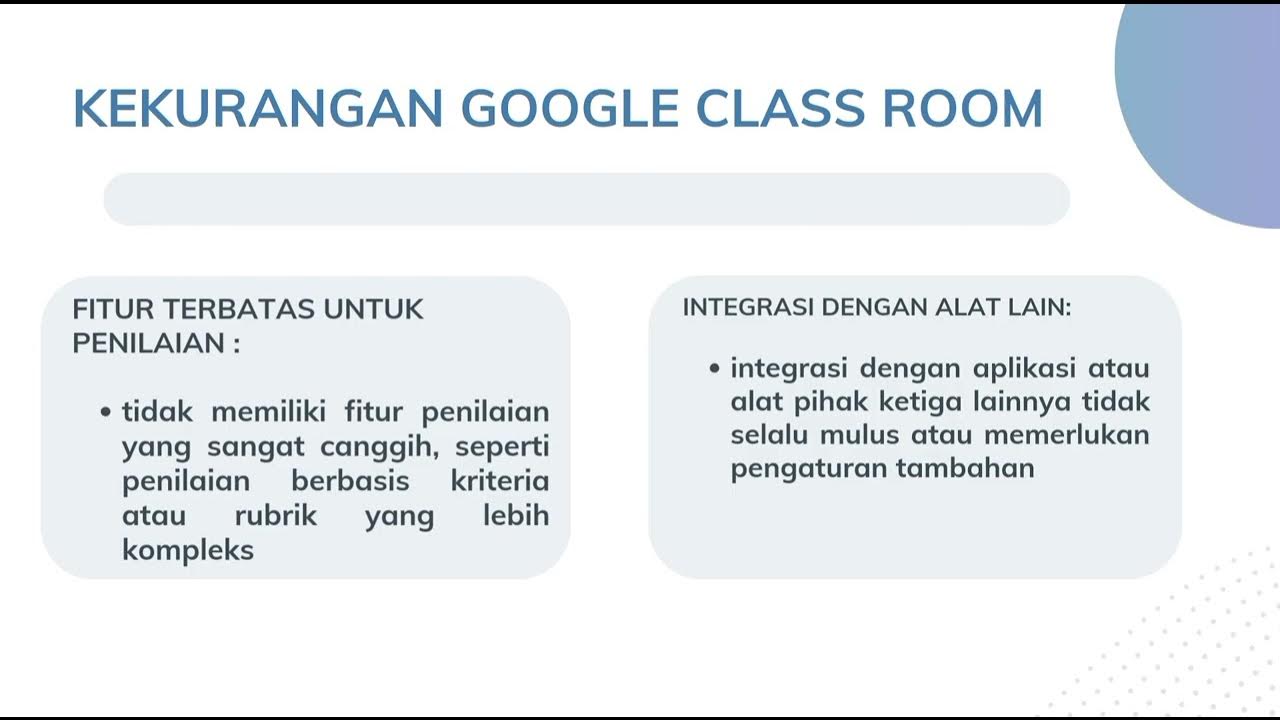Pertemuan 11 230321
Summary
TLDRThe transcript provides an insightful guide for educators on designing a learning unit for students. It covers essential stages such as determining core competencies, designing indicators, and preparing formative and summative assessments. The process emphasizes flexibility and collaboration, encouraging teachers to move back and forth in refining their plans. Key focus areas include spiritual, social, cognitive, and skill development. Additionally, the importance of student engagement and transformation through authentic projects is highlighted, with a focus on comprehensive evaluation that includes peer assessments and self-reflection. Overall, it’s a comprehensive framework for creating meaningful, transformative learning experiences.
Takeaways
- 😀 The process of designing a learning unit requires flexibility, as discussions can move forward and backward to refine the plan.
- 😀 The goal of the session is for participants to understand and apply core competencies, learning indicators, and assessment methods in creating a learning unit.
- 😀 Competencies 1 and 2 focus on spiritual and social values, emphasizing love for God and others, which align with Christian values and form the foundation for the unit.
- 😀 Competency 3 involves cognitive concepts, such as cause-and-effect relationships and changes, which need to be clearly defined for effective teaching.
- 😀 Competency 4 relates to psychomotor skills and practices, which will be addressed by developing specific skills among students.
- 😀 Teachers should focus on key spiritual and social attitudes (e.g., gratitude, cooperation, justice) that students can practice and demonstrate in their learning.
- 😀 The distinction between macro concepts (big picture) and micro concepts (specific details) is crucial for teaching, as both need to be conveyed effectively to students.
- 😀 Students should be trained in various skills like thinking critically, collaborating, communicating, self-management, and research, to support holistic learning.
- 😀 Lesson plans (RPP) should include clear indicators, the amount of time allocated for each lesson, and be developed collaboratively within teaching teams.
- 😀 Assessments should be planned carefully, with formative assessments building up to a summative assessment that evaluates long-term, life-long learning understanding.
- 😀 Essential questions guide the learning process, and assessment rubrics should be developed to measure the effectiveness of students' understanding and skills.
Q & A
What is the primary goal of the learning unit planning discussed in the script?
-The primary goal is to help students design and develop a learning unit by identifying key competencies, indicators, and assessments, while also ensuring active participation in group discussions for collaborative learning.
What are the key components that students must focus on while planning the learning unit?
-Students must focus on determining the core competencies (spiritual, social, cognitive, and skill-based), formulating learning indicators, deciding on time allocation, and creating both formative and summative assessments.
How are spiritual and social competencies integrated into the learning unit design?
-Spiritual competencies focus on values such as love and reverence for God, while social competencies involve values like justice, respect, and cooperation among peers. These are incorporated into the learning unit through specific activities and practices.
What is the difference between macro and micro concepts in the curriculum framework?
-Macro concepts refer to the broad, overarching themes or ideas that guide the learning, such as cause-and-effect relationships or changes. Micro concepts are the specific details or examples that illustrate those broader themes.
What role do formative assessments play in the learning process?
-Formative assessments are designed to help students build skills and concepts incrementally. These smaller assessments support students as they work towards completing a larger summative project by providing feedback and tracking progress.
What is the significance of 'understanding across life' in the script?
-'Understanding across life' refers to the transformative learning that goes beyond short-term knowledge. It emphasizes long-term retention and the application of learning in real-life situations, shaping the students' behavior and worldview.
Why is it important for teachers to experience personal transformation before guiding students?
-Teachers must experience transformation themselves to be effective agents of change. If they have not undergone personal transformation, they cannot prepare their students for meaningful change, as teaching is about guiding students toward their own transformation.
What are 'essential questions' and how do they support the learning process?
-Essential questions are critical inquiries that guide students towards deeper understanding. They help scaffold the learning process by focusing attention on the key themes and concepts that students should grasp, leading to meaningful exploration and learning.
What is the importance of summative assessments in this teaching approach?
-Summative assessments are used to evaluate whether students have achieved the long-term goals of the unit, particularly understanding across life. These assessments are typically larger projects or tasks that require the integration of skills and knowledge learned throughout the unit.
How should rubrics for summative assessments be designed?
-Rubrics for summative assessments should clearly outline the major evaluation criteria, such as content, clarity, and relevance. The rubric should focus on assessing both cognitive understanding and skill application, providing a comprehensive evaluation of the students' performance.
Outlines

Esta sección está disponible solo para usuarios con suscripción. Por favor, mejora tu plan para acceder a esta parte.
Mejorar ahoraMindmap

Esta sección está disponible solo para usuarios con suscripción. Por favor, mejora tu plan para acceder a esta parte.
Mejorar ahoraKeywords

Esta sección está disponible solo para usuarios con suscripción. Por favor, mejora tu plan para acceder a esta parte.
Mejorar ahoraHighlights

Esta sección está disponible solo para usuarios con suscripción. Por favor, mejora tu plan para acceder a esta parte.
Mejorar ahoraTranscripts

Esta sección está disponible solo para usuarios con suscripción. Por favor, mejora tu plan para acceder a esta parte.
Mejorar ahoraVer Más Videos Relacionados

Panduan Cara Menyususn ATP (Alur Tujuan Pembelajaran) Kurikulum Merdeka. Format ATP

PENERAPAN MODEL PEMBELAJARAN KONTEKSTUAL

Filsafat Pendidikan | Sebuah Pengantar

PPKn_Kelompok 3_Google Classroom Sebagai Media Pembelajaran Jarak Jauh

Pengembangan Modul Ajar Sejarah

Bagaimana membuat penelitian yang baik
5.0 / 5 (0 votes)
